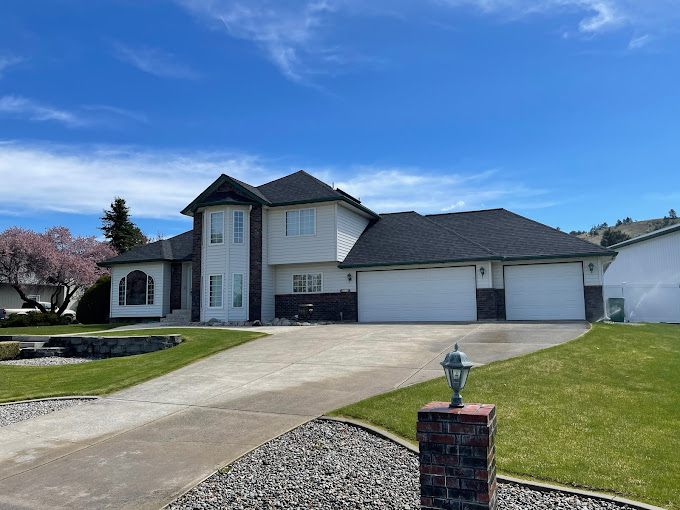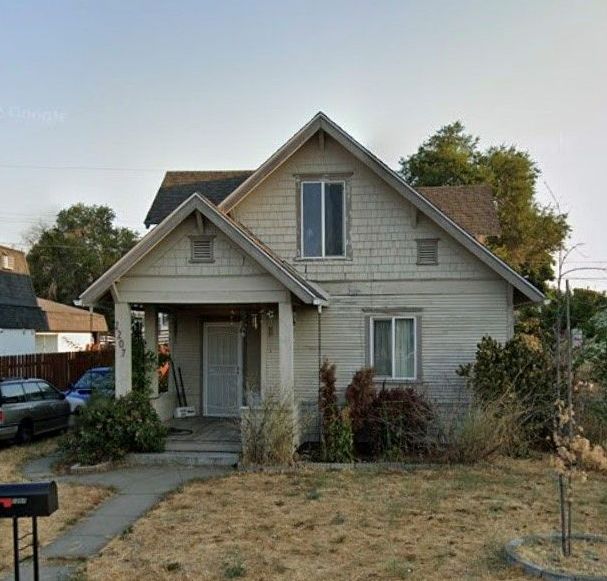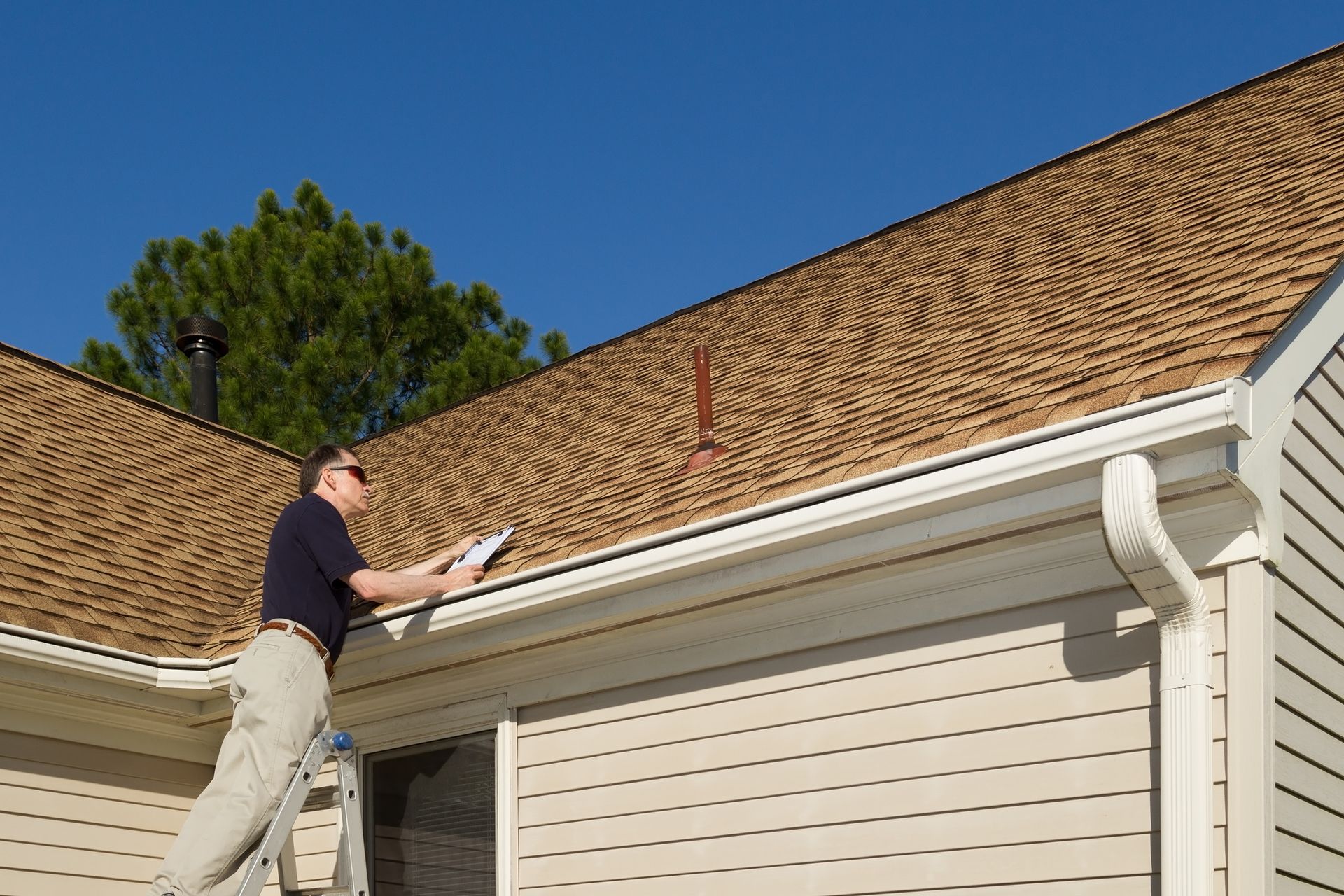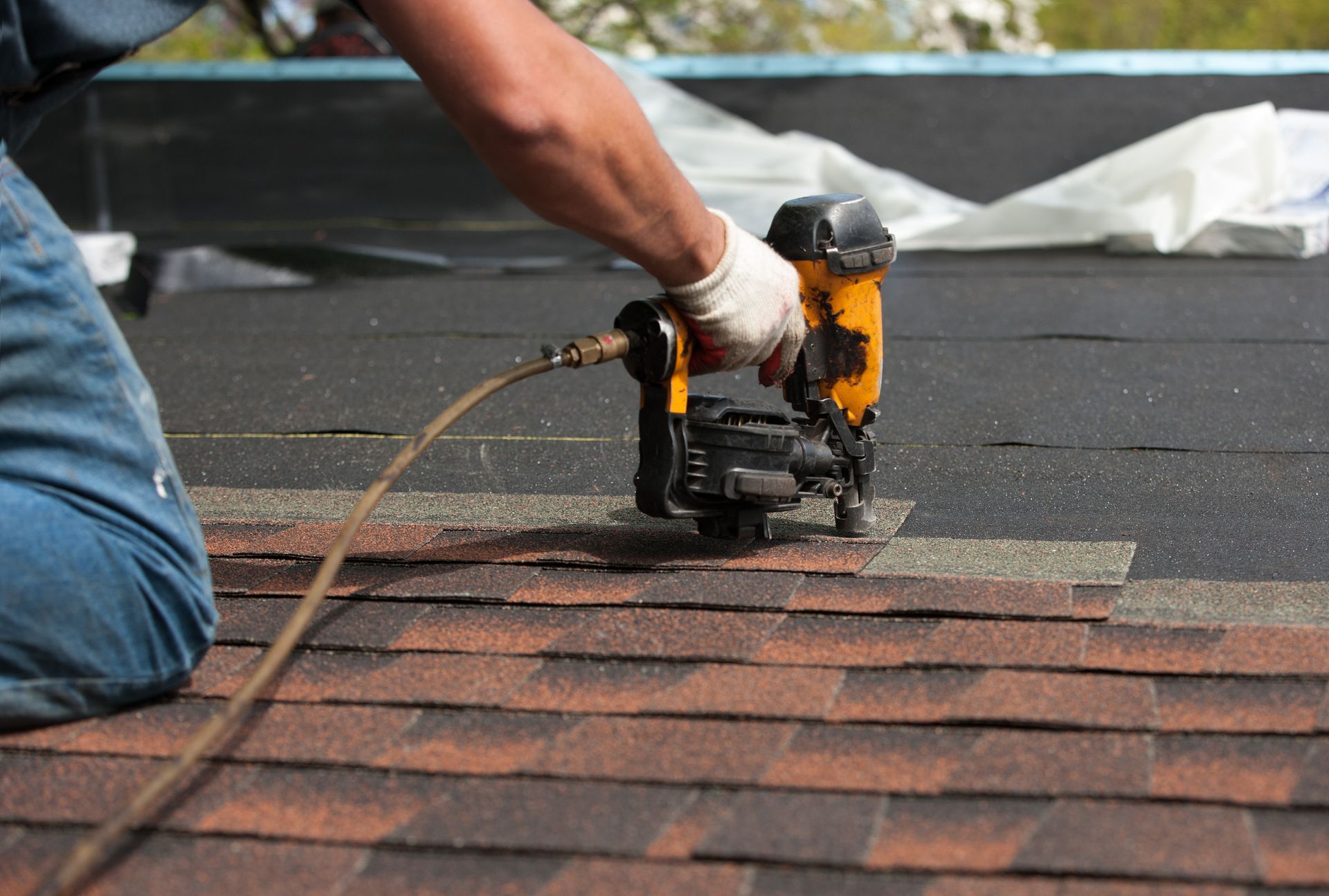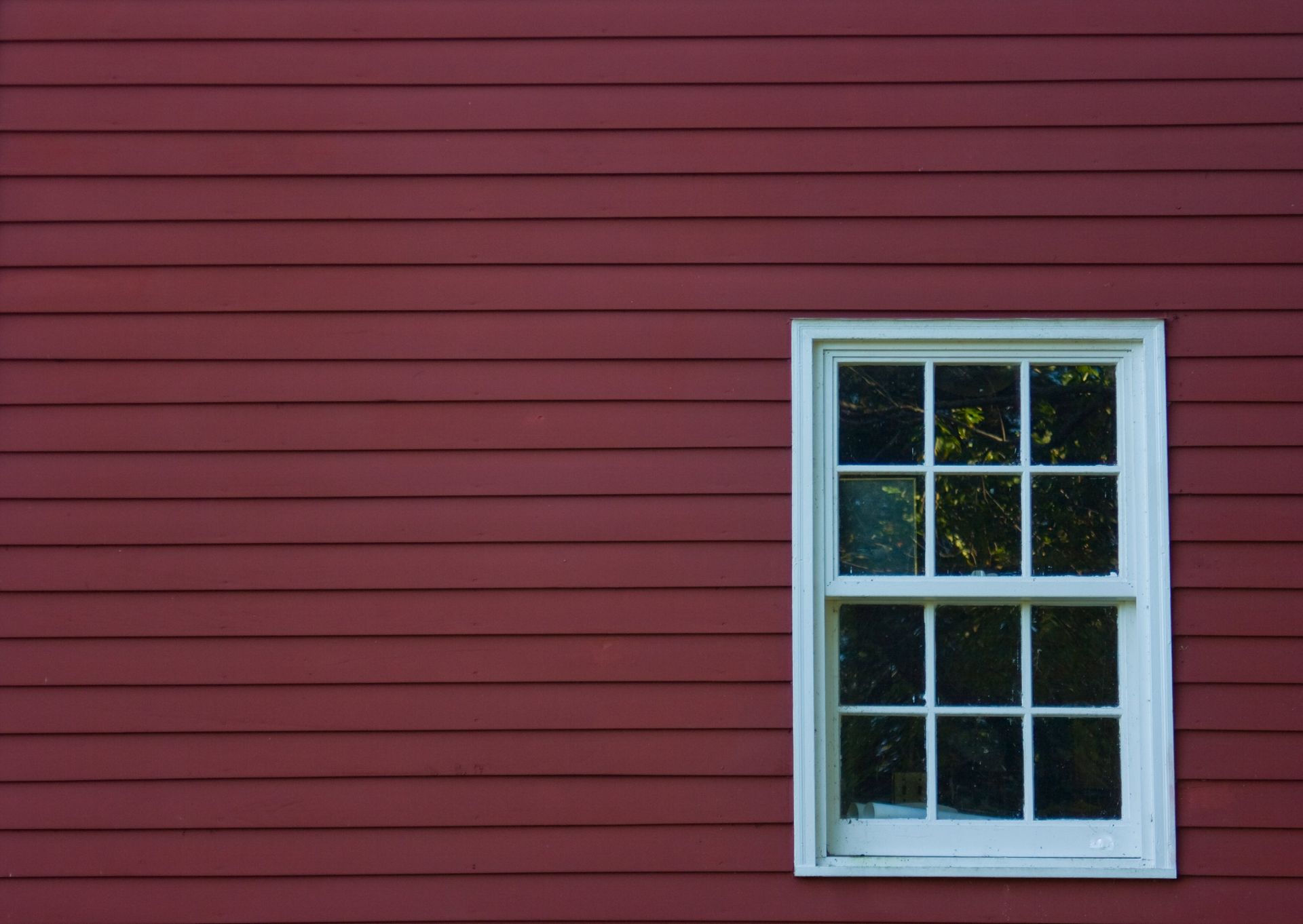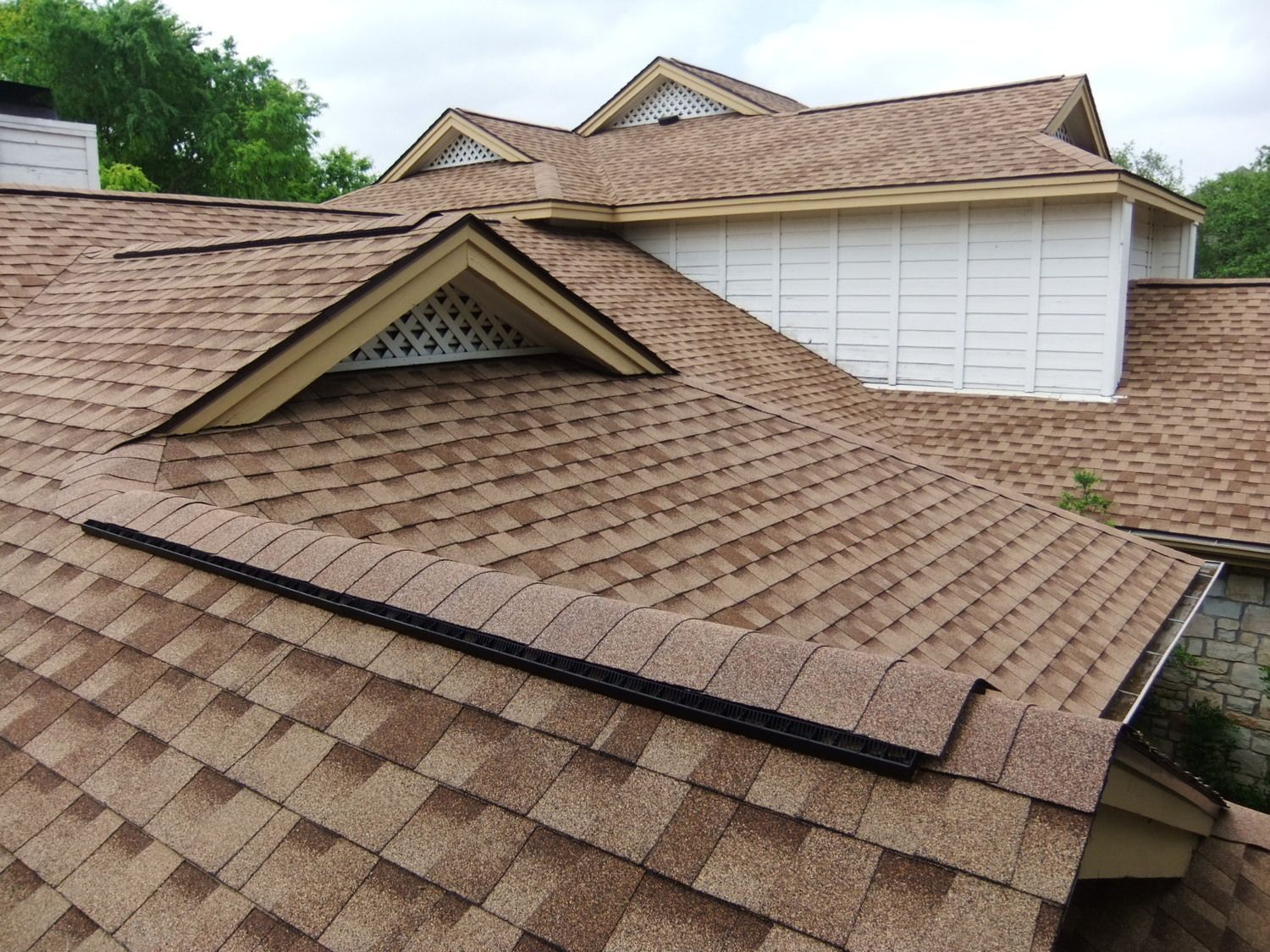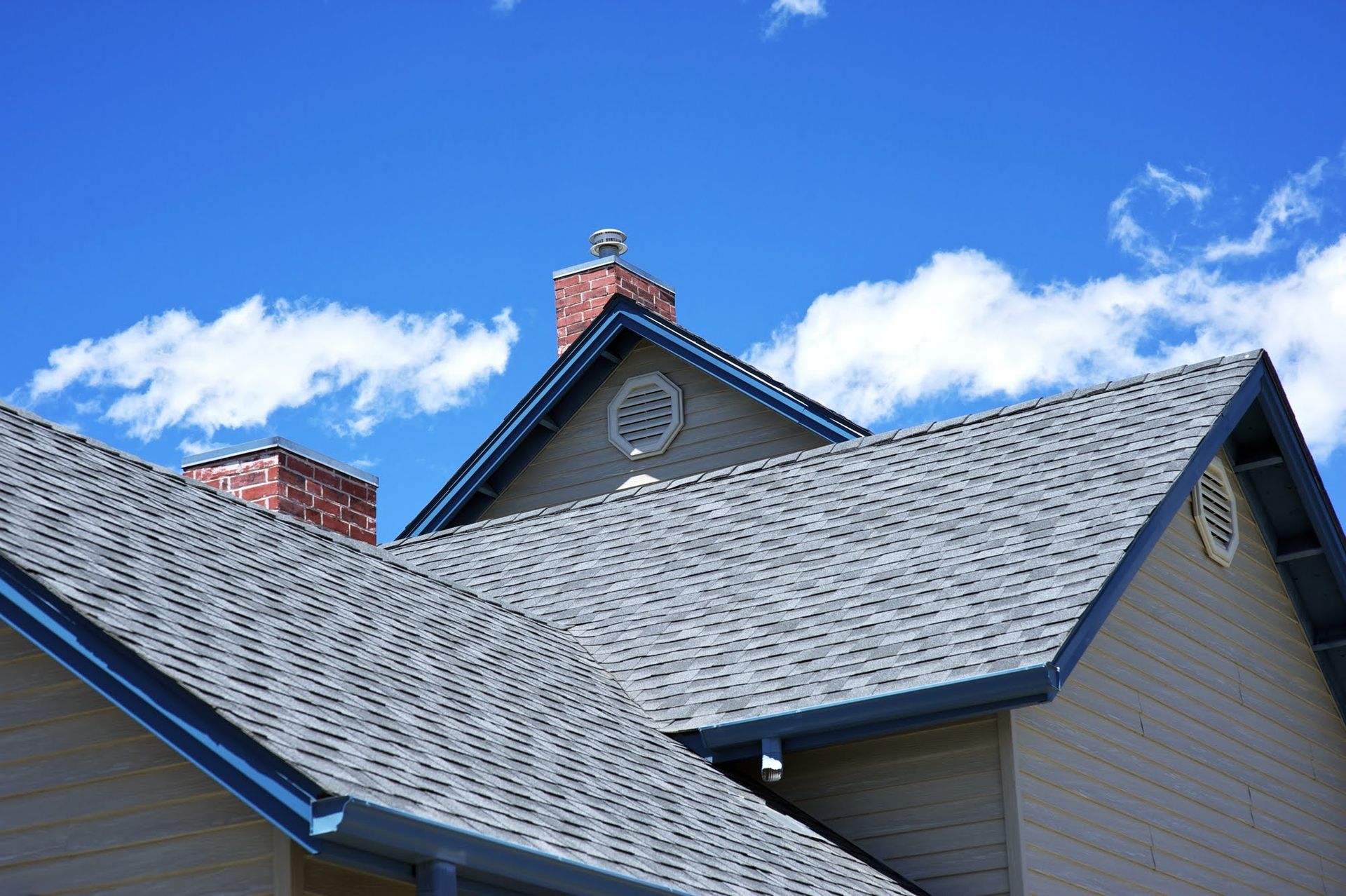April 17, 2025
A new roof is a significant investment, but it’s also one of the most critical upgrades you can make to protect your home and boost its value. At 20/20 Exteriors, we’re committed to helping homeowners get high-quality roofing solutions at affordable prices. If you’re considering a roof installation with us, here are some smart strategies to save money without compromising on quality. 1. Take Advantage of Free Inspections and Estimates One of the easiest ways to start saving is by scheduling a free roof inspection and estimate with 20/20 Exteriors. Our team will assess your roof’s condition and provide a detailed, transparent quote, so you know exactly what to expect. This helps you avoid surprises and plan your budget effectively. Plus, an inspection can determine whether you need a full replacement or if repairs can extend your roof’s life, potentially saving you thousands. *Pro Tip:* Ask about any current promotions or discounts when you request your estimate. We often offer seasonal specials to help reduce costs. 2. Check Insurance and Warranty Coverage Before starting your roofing project, review your homeowner’s insurance policy and any existing roof warranties. If your roof has been damaged by storms, hail, or other covered events, your insurance may cover part or all of the replacement cost, significantly lowering your out-of-pocket expenses. We have experience working with insurance companies and can guide you through the claims process to maximize your coverage. Similarly, if your current roof is still under a manufacturer’s warranty, you might be eligible for partial or full coverage on repairs or replacement. Our team can help you verify warranty details to ensure you’re not missing out on savings. 3. Choose Cost-Effective, High-Value Materials The type of roofing material you select has a big impact on the overall cost. At 20/20 Exteriors, we offer a range of durable, budget-friendly options, such as asphalt shingles, which are among the most affordable and reliable choices for residential homes. Dimensional asphalt shingles, for example, provide excellent durability and a modern look at a fraction of the cost of premium materials like slate or cedar. If you’re looking for long-term savings, consider energy-efficient materials like metal roofing. While metal roofs have a higher upfront cost, they can last up to 50 years, require less maintenance, and reduce energy bills by reflecting heat. Our team can help you weigh the pros and cons of each material to find the best fit for your budget and home. *Pro Tip:* Avoid upgrading to premium materials unless necessary, as they can significantly increase costs. Stick with high-quality, cost-effective options that meet your home’s needs. 4. Schedule Your Installation During the Off-Season Timing your roof installation can lead to substantial savings. Roofing companies, including 20/20 Exteriors, are often busiest during late summer and fall when weather conditions are ideal. By scheduling your project during the off-season—typically late winter or early spring—you may be able to negotiate better rates or take advantage of off-season discounts. Plus, milder weather in these seasons can still allow for high-quality installation. *Pro Tip:* Plan ahead and book early to secure a spot in our off-season schedule, ensuring you get the best possible pricing. 5. Bundle Services for Package Deals If your home needs additional exterior upgrades, such as gutter replacement, siding, or exterior painting, consider bundling these services with your roof installation. We may offer discounts or package deals for multiple projects, reducing the overall cost compared to doing each separately. Bundling also saves time and minimizes disruption to your home. When discussing your project with our team, mention any other exterior improvements you’re considering. We’ll work with you to create a customized plan that maximizes value and savings. 6. Explore Financing Options At 20/20 Exteriors, we understand that a new roof is a major expense. That’s why we offer flexible financing options to make the project more manageable. For example, we may provide 0% interest financing for qualified applicants or partner with financial institutions to offer low-interest loans. These options allow you to spread the cost over time, easing the burden on your budget. Additionally, check for local or federal grants, such as those offered by the U.S. Department of Agriculture (USDA) or the U.S. Department of Housing and Urban Development (HUD), which can help cover roofing costs for eligible homeowners. *Pro Tip:* Before applying for financing, check your credit score and address any issues to secure better loan terms and lower interest rates. 7. Avoid DIY and Choose Professional Installation While DIY roofing might seem like a way to save money, it often leads to costly mistakes, injuries, or code violations that require expensive fixes. With 20/20 Exteriors, you get professional installation by trained, licensed, and insured contractors, ensuring the job is done right the first time. This saves you from future repair costs and protects your investment. Our work also comes with warranties, giving you peace of mind and added financial protection. *Pro Tip:* When signing your contract, ensure it includes a clear payment schedule and warranty details. Pay with a credit card for added protection in case of disputes. 8. Invest in Energy Efficiency for Long-Term Savings Choosing energy-efficient roofing materials or adding features like cool roof coatings can lower your utility bills over time. Cool roofs, for example, reflect sunlight and absorb less heat, reducing air conditioning costs in warm climates. We offer energy-efficient options that may also qualify for tax credits or rebates, further boosting your savings. Additionally, proper insulation and ventilation during installation can enhance your home’s energy efficiency. Our team will ensure your new roof is installed with these features to maximize long-term savings. 9. Get Multiple Quotes and Negotiate While 20/20 Exteriors prides itself on competitive pricing, it’s always a good idea to get multiple quotes from reputable roofing companies to ensure you’re getting a fair deal. When reviewing our quote, don’t hesitate to ask about potential discounts, extended warranties, or ways to lower costs without sacrificing quality. We’re transparent and happy to work with you to find a solution that fits your budget. *Pro Tip:* Avoid choosing a contractor based solely on the lowest bid. Ensure they’re licensed, insured, and have positive reviews to guarantee quality work. 10. Maintain Your New Roof to Avoid Future Costs Once your new roof is installed, regular maintenance can extend its lifespan and prevent costly repairs. Schedule annual inspections with 20/20 Exteriors to catch minor issues early, such as loose shingles or clogged gutters. Prompt repairs can save you from more extensive damage down the line. *Pro Tip:* Ask about our maintenance plans or extended service options to keep your roof in top shape and protect your investment. Why Choose 20/20 Exteriors? We combine quality craftsmanship with affordability to deliver exceptional roofing solutions. Our team is dedicated to helping you save money through transparent pricing, expert guidance, and tailored options. With our free estimates, financing plans, and commitment to customer satisfaction, you can trust us to make your roof installation a stress-free and cost-effective experience. Ready to get started? Contact 20/20 Exteriors today to schedule your free roof inspection and discover how we can help you save on your new roof!
